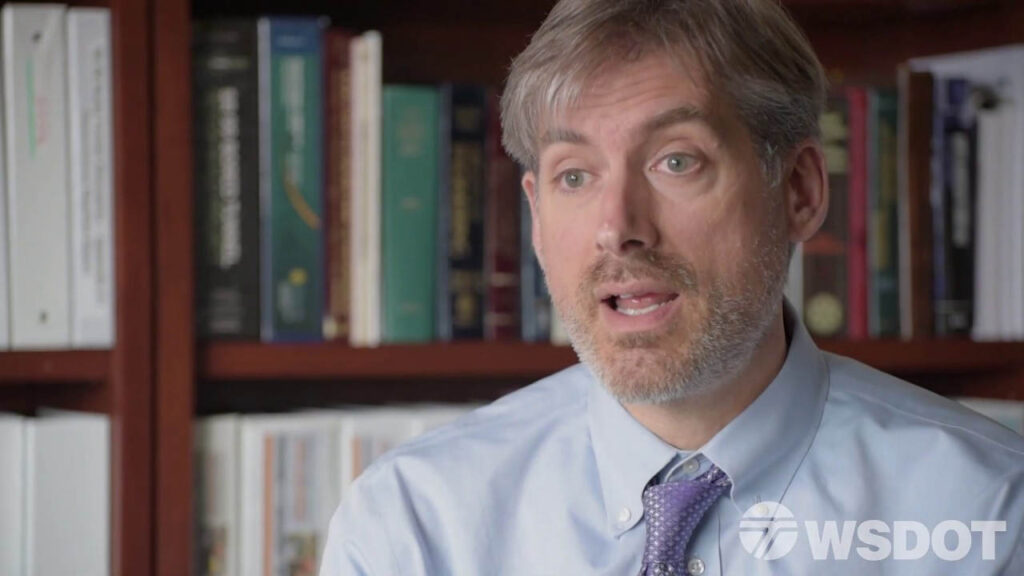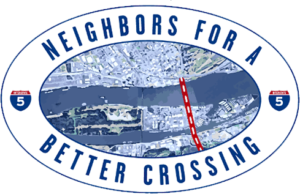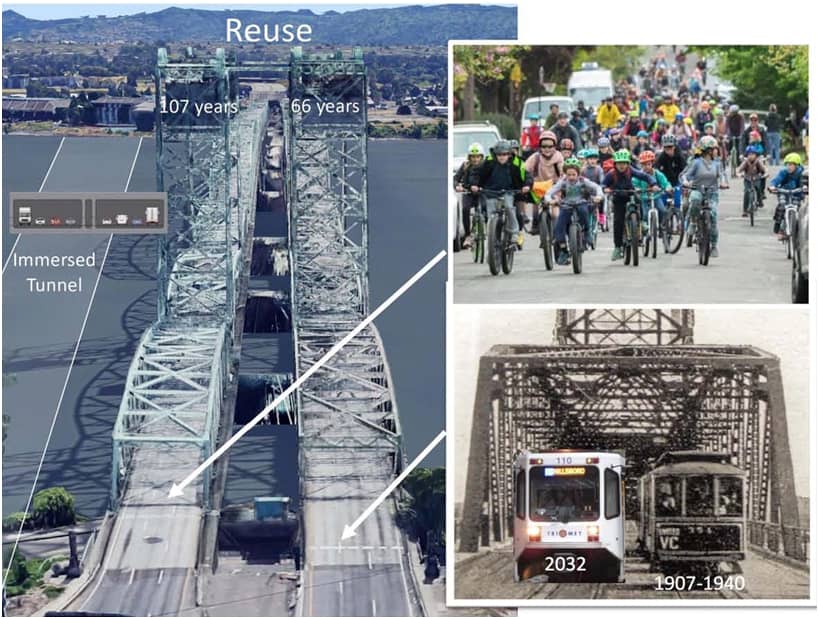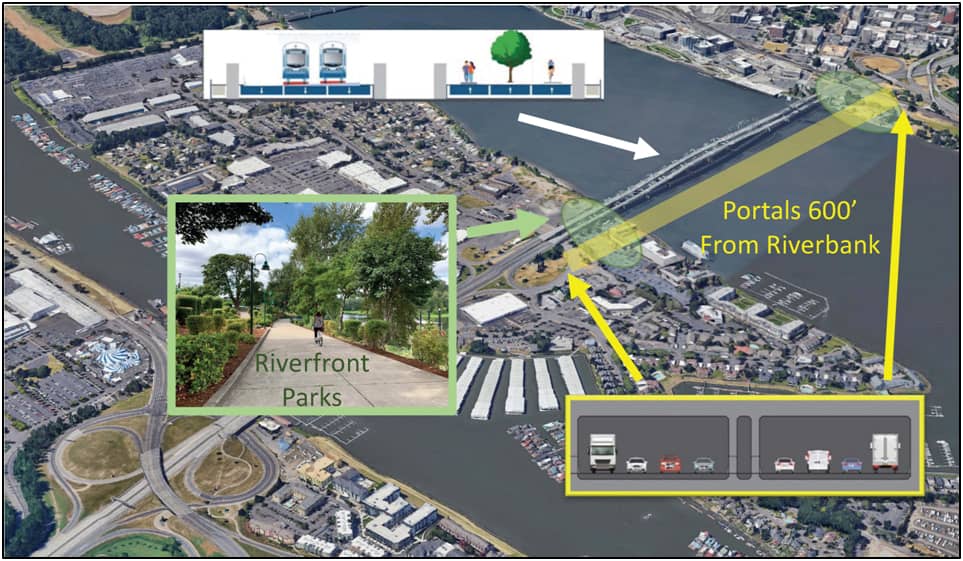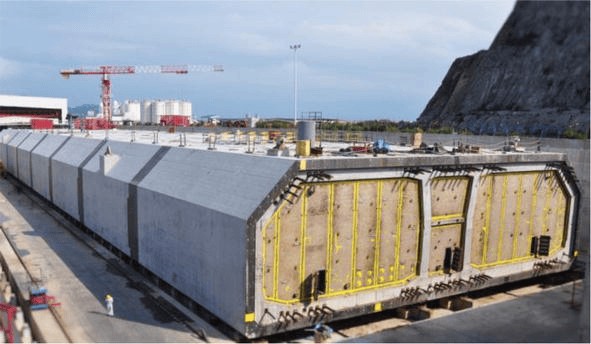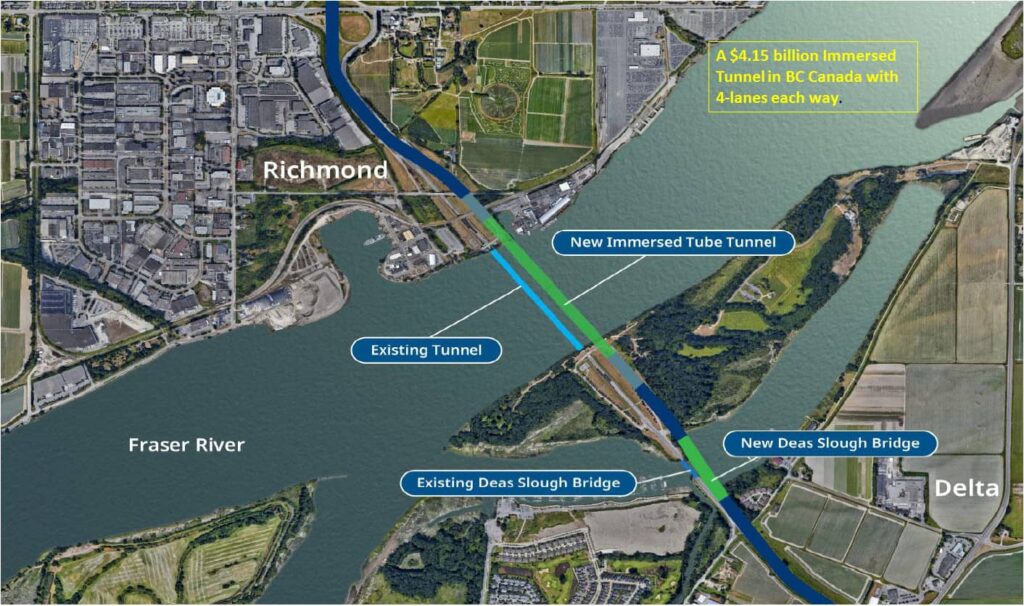NEIGHBORS FOR A BETTER CROSSING IS AN OREGON NON-PROFIT
THE IMMERSED TUBE TUNNEL SOLUTION
IS IDEAL FOR SAVING OUR HISTORIC INTERSTATE BRIDGE!
Consider the similarity of the crossing at the Fraser River "TOLL FREE" Immersed Tube Tunnel being built in Vancouver BC with our own crossing between Hayden Island & Vancouver. The Columbia River is similar to the Fraser River. An ITT can save our historic Interstate Bridge and the beauty & history of our I-5 crossing, at cost savings that could prevent "costly tolls."
Fraser River "Toll Free" Immersed Tube Tunnel in Vancouver BC
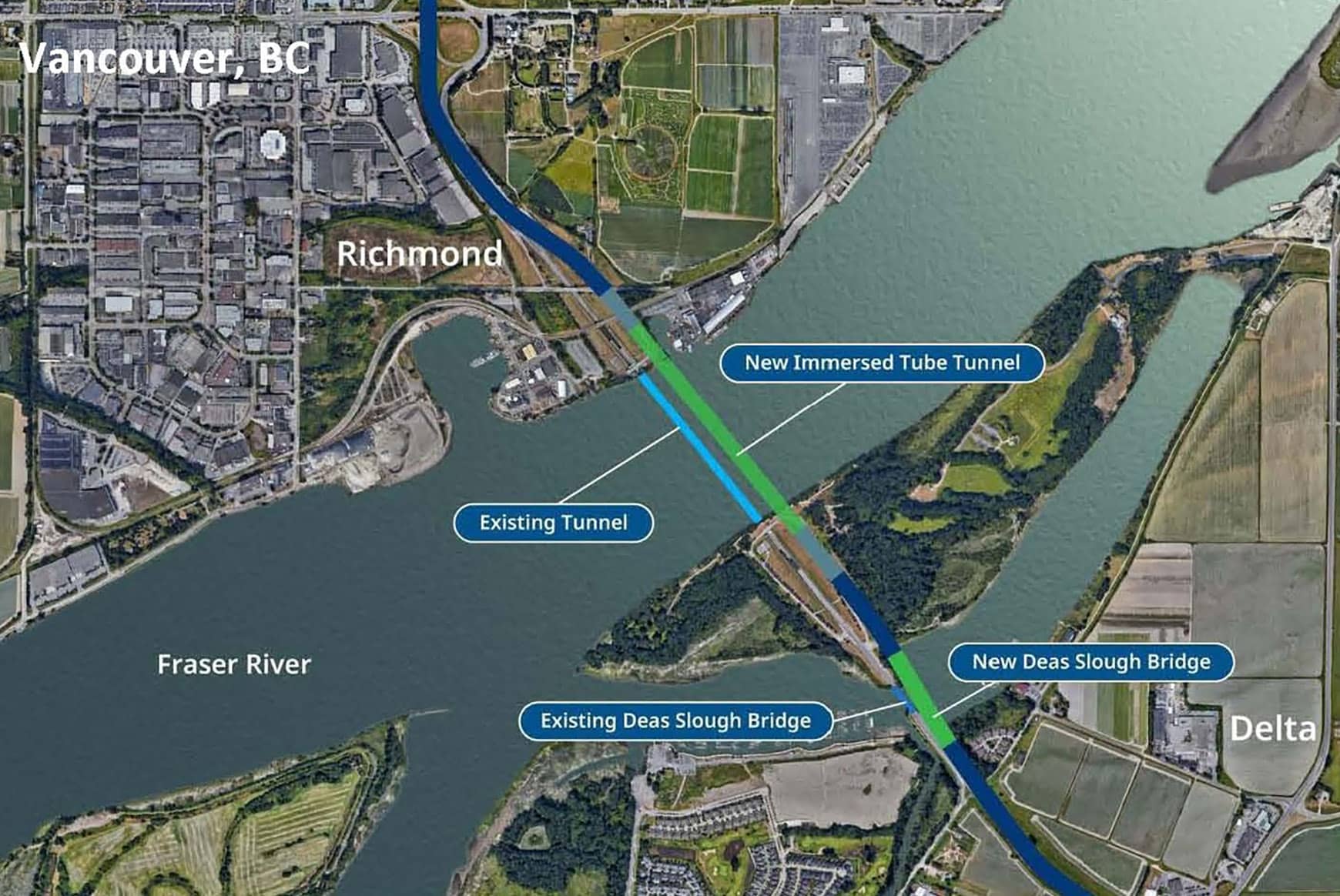
Columbia River "Toll Free" Immersed Tube Tunnel at the WA/OR I-5 Crossing
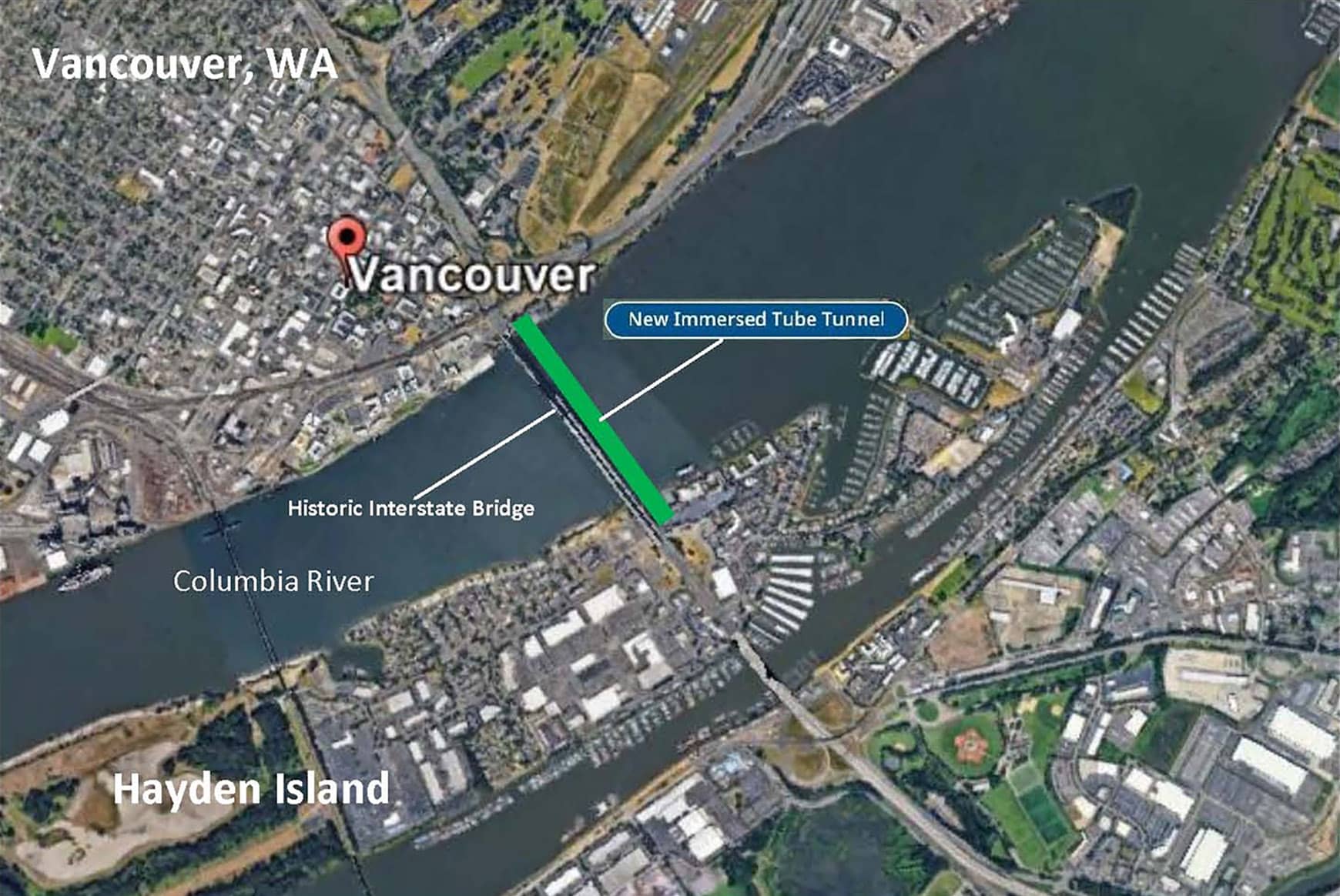
HERE'S HOW AN IMMERSED TUBE TUNNEL WOULD CONNECT TO THE VANCOUVER WATERFRONT:
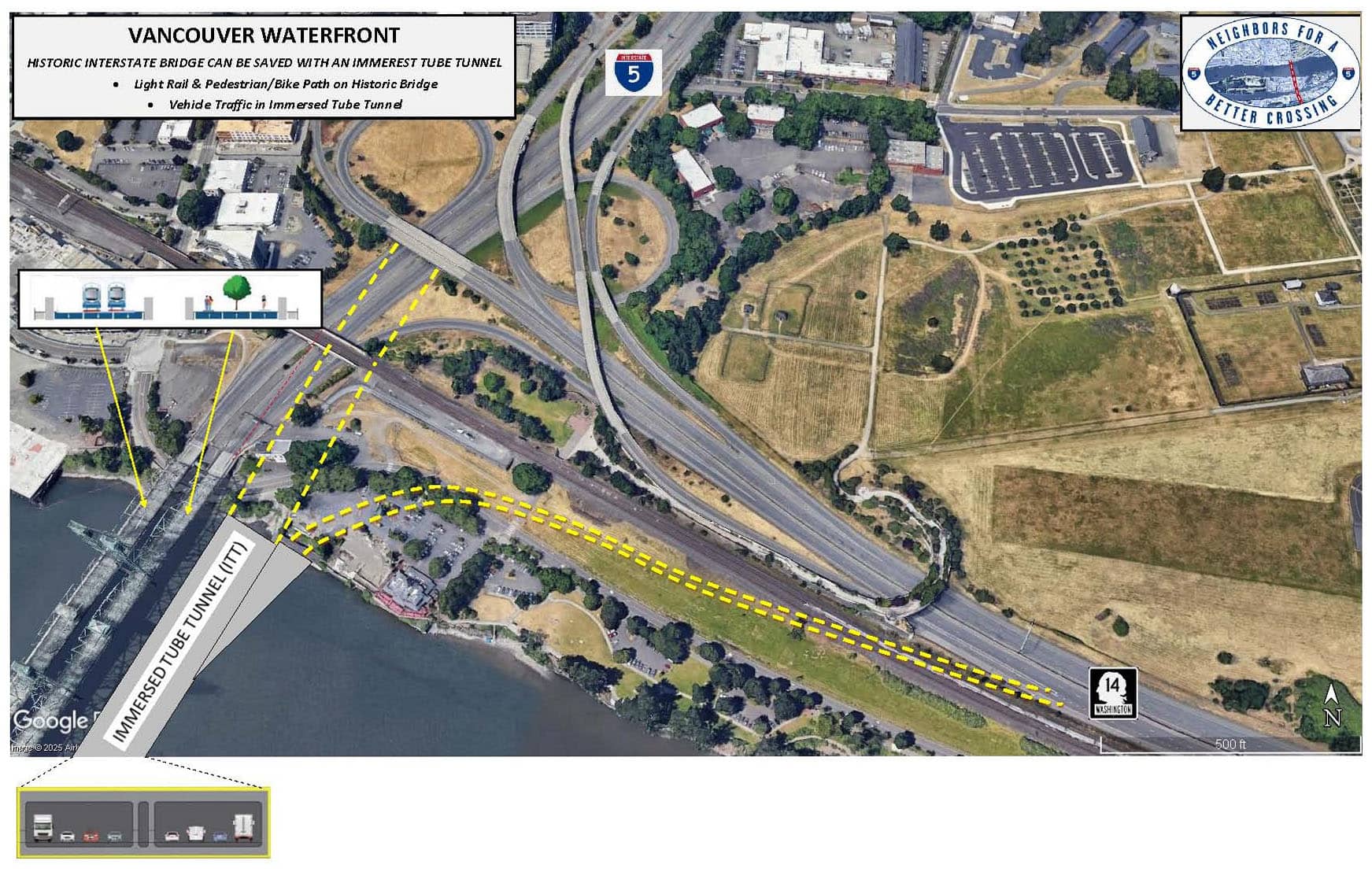
THE INTERSTATE BRIDGE REPLACEMENT (IBR) SALES TEAM MISLED US!
Not only has the IBR failed to provided full disclosure about its “Bridge Replacement” designs, in briefings to our elected officials the IBR team headed by Greg Johnson calls the tunnel option a “Myth,” which is refuted by the IBR’s own Tunnel Concept Assessment Rev 2!
THE GRAND OLD LADY CAN BE SAVED & REPURPOSED!

Interstate bridge History: https://www.hayden-island.com/stop1/
WITH I-5 TRAFFIC CHANNELD THROUGH AN IMMERSED TUBE TUNNEL, THE CURRENT HISTORIC BRIDGE CAN BE PRESERVED AS AN ATTRACTIVE GATEWAY BETWEEN WASHINGTON & OREGON!
HOW AN IMMERSED TUBE TUNNEL (ITT) IS CONSTRUCTED
Immersed tunnels are widely used throughout the world. A trench is first dug in the riverbed, then prefabricated tunnel segments are lowered into position and connected to adjacent segments. The tunnel is then backfilled & covered with riverbed to a specified depth. An ITT can accommodate multiple lanes of traffic, light rail, bus lanes, and bike & pedestrian paths.
Our I-5 Bridge is subject to a major Cascadia Seduction Zone earthquake, and is located in a “Soil Liquefaction Area.”
Scientists predict there is a 37% chance that a mega-thrust earthquake in this fault zone will occur in the next 50 years.
An Immersed Tunnel is far more resilient to earthquakes than a bridge, and will accommodate everything a bridge can, including light rail!
IMMERSED TUNNELS ARE IN USE WORLDWIDE AS THEY ARE SAFE AND VERY COST EFFECTIVE
If an immersed tunnel concept was selected for a similar application in Vancouver BC, why not here?
A WSDOT Video on the advantages of a tunnel instead of a bridge in an earthquake:
